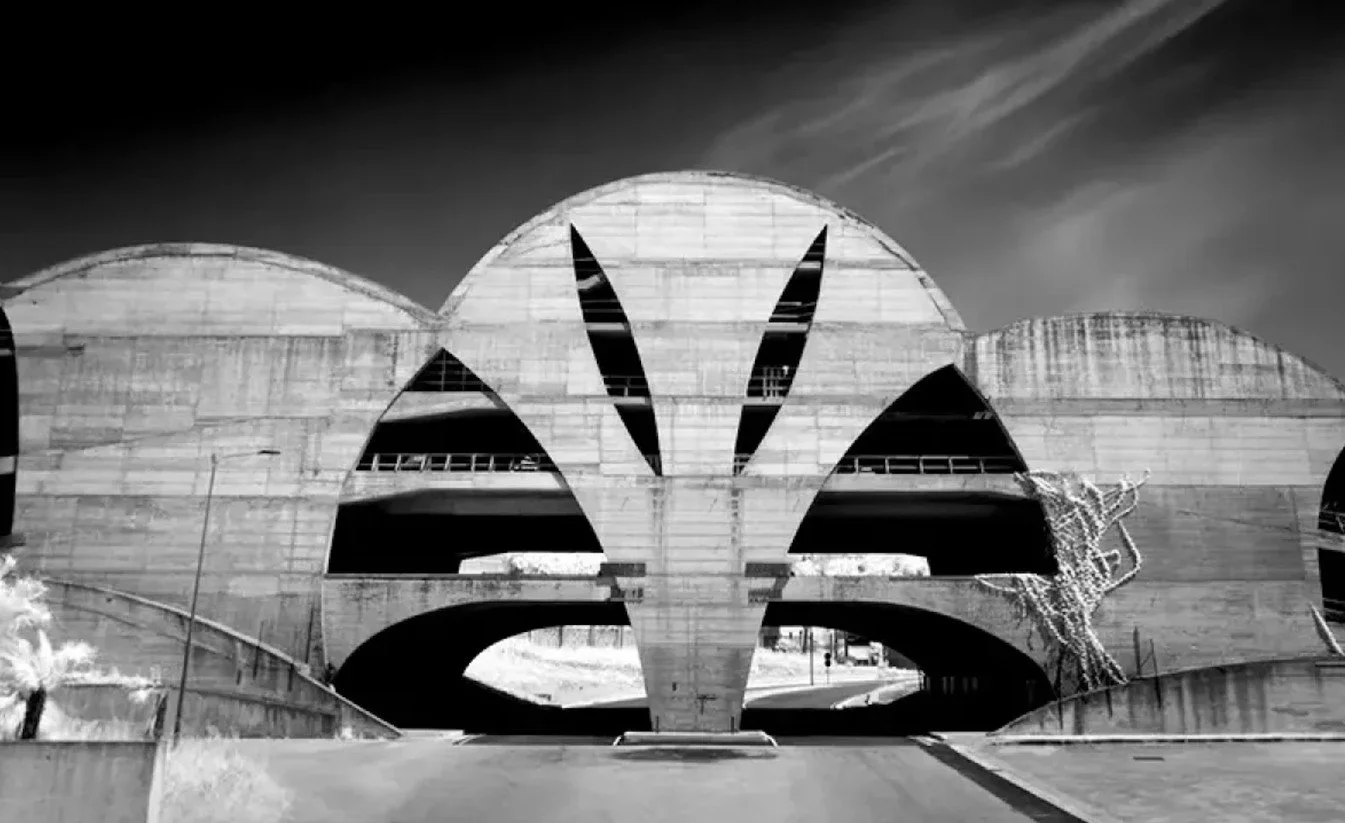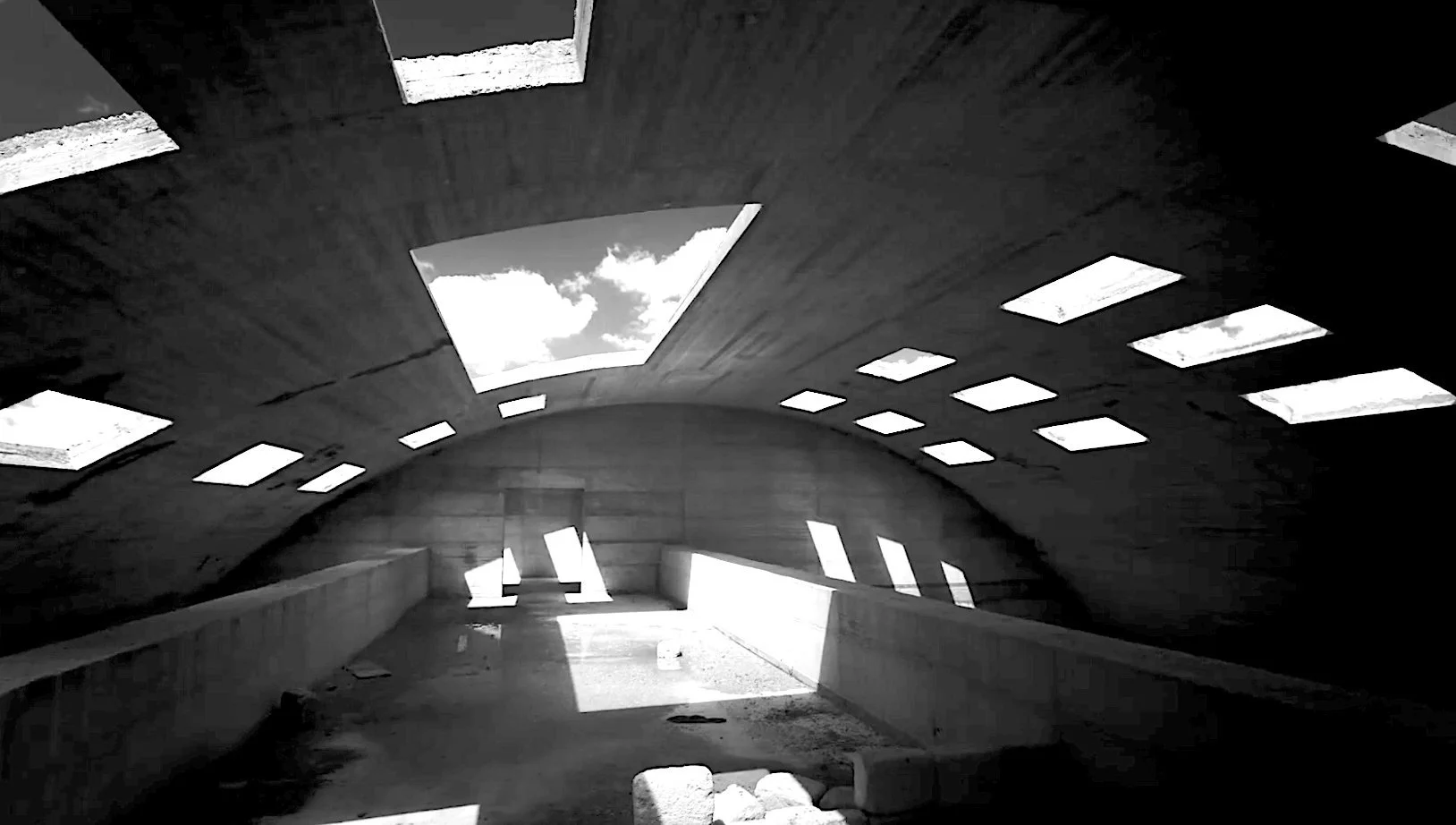Directed and written by: Victor Kossakovsky
Starring: Michele De Lucchi and Victor Kossakovsky
Runtime: 98 minutes
Kossakovsky builds a compelling arthouse look at our imperfect relationship with natural resources in ‘Architecton’
In “Gunda” (2020), Victor Kossakovsky’s previous documentary, he traveled to a Norwegian farm and filmed the life of a pig named Gunda and her piglets. He focuses his camera on intimate spaces and captures, at exceptionally close range, his four-legged subjects’ daily routines, which induce smiles at times and concerns during others under the transparent embrace of nature.
Kossakovsky’s new doc, “Architecton”, looks at nature as well but embarks on a completely different scope, a broad, wide-ranging approach that addresses the planet, and specifically, nature’s stone and its relationship to man’s conversion of it to cement.
“Architecton” is a sweeping, arthouse epic in which Kossakovsky shoots numerous natural landscapes, like enormous mountains and their associated mountainsides, but also strip mines that depict man’s industrial impact on the environment. These manufactured excursions have a purpose, of course, which is to extract stone and crush it to create cement, the prime ingredient for constructing housing and corporate buildings.
Victor takes a cynical view of this chief component of construction and modern architecture.
In an October 2024 interview with (YouTube) laserhotline, he says, “We live in a time of fast food, and there are two ingredients (in) fast food, sugar and cement.”
He adds, “Maybe in a thousand years’ time, people will call our time, not (the) Iron Age, not (the) Stone Age, not (the) Ice Age, but (the) Sugar and Cement Age. This is our time, and we consume a lot of sugar and cement.”
Additionally, in the same interview, Victor wanted to portray stone as “not dead, but it’s something alive in a way.”
Watching this interview provided helpful insight into Victor’s perspective before walking into “Architecton”, because his experimental style doesn’t follow traditional filmmaking blueprints. The only spoken words are conversations between Italian architect Michele De Lucchi and some workers building a circular stone garden on his property. He speaks to another architect or builder who manually moves large stones by hand and a wheelbarrow in an entirely different place, and has a brief conversation with Kossakovsky about what it all means.
The film doesn’t feature an expose on McDonald’s or Jack in the Box. Instead, the audience witnesses a constant array of sequences that stimulate thoughts about the natural world and the ways that humans impact it through consuming stone. Many moments feature mountains and strip mines, but Kossakovsky also introduces images of structures built during the last century and this century and compares them to ancient edifices that have stood or partially stood for hundreds or thousands of years.
The often-spoken phrase, “They don’t make things like they used to,” will come to mind.
The film includes a sophisticated machine that pours cement and forms a new wall, which is juxtaposed within the camera frame against an artist attempting to shape a modest stone sculpture with an iron bar holding the rocks in place. This young man tries to express his ideas through the iron and stone artwork, but “Architecton” also includes the needless, destructive force of man by starkly revealing catastrophic rubble in broad daylight of an Eastern European war transpiring right now.
Kossakovsky travels to Ukraine, Turkey, Lebanon, Italy, and other unknown spots around the globe. Actually, the only two known locales that someone can easily recognize are Ukraine and Italy, and the film doesn’t label where we are at any time. It’s poetic but also a bit frustrating. This critic needed to look up the other locations afterward. As Victor and cinematographer Ben Bernhard shuttle around to uninhabited settings and some inhabited ones, accompanied by composer Evgueni Galperine’s score, which feels like a beautiful mash of 21st-century industrial instrumentals and operatic tones. Just think of the music in the opening to Werner Herzog’s “Aguirre, the Wrath of God” (1972) as Spanish conquistadors march on narrow paths in mountainous Peru.
The harmonization between the visuals and music feels profound, timeless, and Biblical throughout the 98-minute presentation. Still, Victor frequently yanks us back to our present, where a resonant but unassuming stone circle is formed in Italy, or wrecked neighborhoods are crumbled like matchsticks and need to be rebuilt.
More cement!
“Architecton” screened at a July Phoenix Film Society event, and the first audience member to describe the film called it “stunning.”
Here are some other words that come to mind: scenic, exploratory, awe-inspiring, comparative, earthy, contemplative, and symbolic.
Non-linear and vague are a couple of other adjectives, and “Architecton”, with its arthouse flair, is not for everyone, but Kossakovsky is a cinematic artist, whether he devotes his time to a family of pigs on an isolated farm or travels to far-reaching spots to ponder man’s relationship to natural resources.
Jeff’s ranking
3/4 stars















